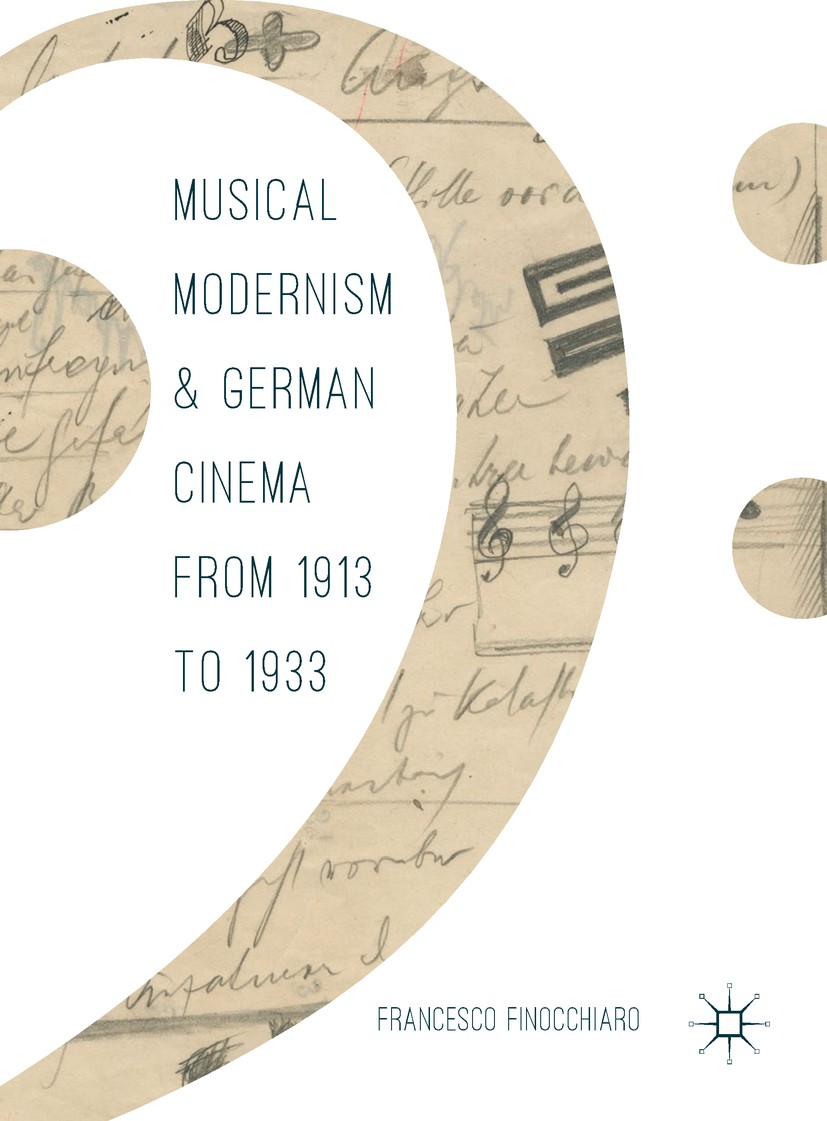| 书目名称 | Musical Modernism and German Cinema from 1913 to 1933 | | 编辑 | Francesco Finocchiaro | | 视频video | http://file.papertrans.cn/642/641555/641555.mp4 | | 概述 | Examines the connections between musical modernism and German cinema from the Autorenfilm movement (1913-14) through the dawn of the recorded sound film (1932-33).Analyses a corpus of original composi | | 图书封面 |  | | 描述 | .This book investigates the relationship between musical Modernism and German cinema. It paves the way for anunorthodox path of research, one which has been little explored up until now. The main figures of musical Modernism, from Alban Berg to Paul Hindemith, and from Richard Strauss to Kurt Weill, actually had a significant relationship with cinema. True, it was a complex and contradictory relationship in which cinema often emerged more as an aesthetic point of reference than an objective reality; nonetheless, the reception of the language and aesthetic of cinema had significant influence on the domain of music. Between 1913 and 1933, Modernist composers’ exploration of cinema reached such a degree of pervasiveness and consistency as to become a true aesthetic paradigm, a paradigm that sat at the very heart of the Modernist project. In this insightful volume, Finocchiaro shows that the creative confrontation with the avant-garde medium par excellence can be regarded as a vector of musical Modernism: a new aesthetic paradigm for the very process – of deliberate misinterpretation, creative revisionism, and sometimes even intentional subversion of the Classic-Romantic tradition – w | | 出版日期 | Book 2017 | | 关键词 | music; modernity; Alban Berg; Paul Hindemith; Richard Strauss; Kurt Weill; aesthetics; composers; composing; | | 版次 | 1 | | doi | https://doi.org/10.1007/978-3-319-58262-7 | | isbn_softcover | 978-3-319-86362-7 | | isbn_ebook | 978-3-319-58262-7 | | copyright | The Editor(s) (if applicable) and The Author(s) 2017 |
The information of publication is updating

|
|
 |Archiver|手机版|小黑屋|
派博传思国际
( 京公网安备110108008328)
GMT+8, 2025-12-30 09:40
|Archiver|手机版|小黑屋|
派博传思国际
( 京公网安备110108008328)
GMT+8, 2025-12-30 09:40


